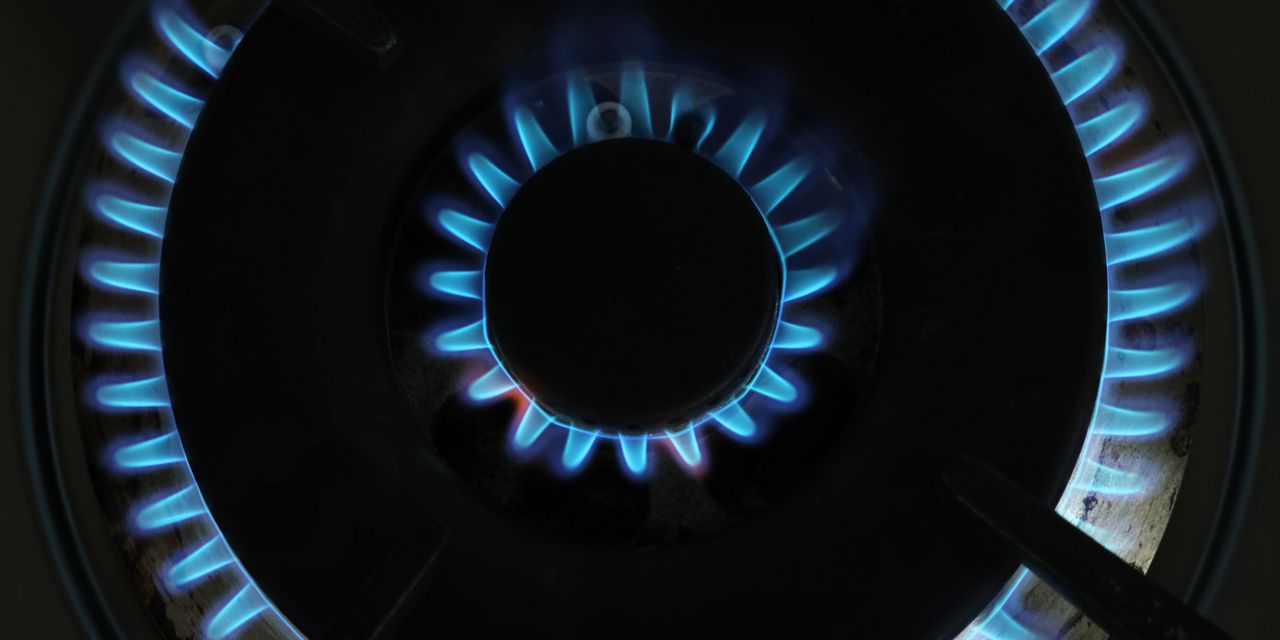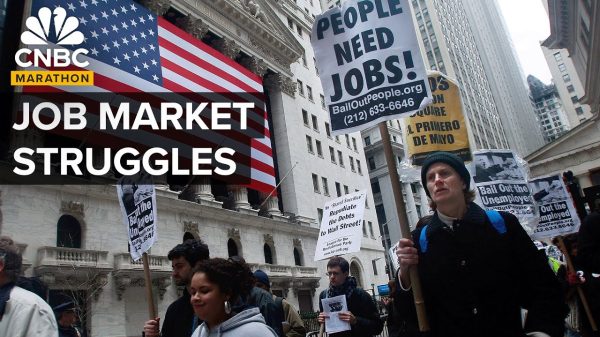Natural-gas futures fell by more than 7% on Monday, ending lower after a hefty gain last week on signs of an upcoming decline in U.S. production, while oil prices settled a bit higher as investors tracked U.S. debt-ceiling talks.
Price action
-
June natural gas
NGM23,
-3.13%
dropped 19 cents, or 7.2%, to settle at $2.40 per million British thermal units after posting a gain of just over 14% for last week. -
West Texas Intermediate crude for June delivery
CL.1,
+1.65% CLM23
rose 44 cents or 0.6%, to end at $71.99 a barrel on the New York Mercantile Exchange on the contract’s expiration day. July WTI
CL00,
+1.65% CLN23,
+1.65% ,
the most actively traded contract, added 36 cents, or 0.5%, at $72.05 a barrel. -
July Brent
BRN00,
+1.53% BRNN23,
+1.53% ,
the global crude benchmark, climbed 41 cents, or 0.5%, at $75.99 a barrel on ICE Futures Europe. -
Back on Nymex, June gasoline
RBM23,
+0.64%
added 2.8% to $2.65 a gallon, while June heating oil
HOM23,
+0.08%
settled at $2.37 a gallon, up 0.2%.
Big moves for natural gas
Natural-gas futures ended sharply lower Monday, with prices losing more than half of the percentage gain they logged last week.
The Energy Information Administration on Thursday reported a smaller-than-expected build in U.S. natural-gas supplies in storage.
That “exacerbated a short-covering-driven rally” in Henry Hub, the distribution hub for natural gas, that started the week prior, analysts at Goldman Sachs wrote in a research note dated Sunday.
For the week ended May 12, oil-field services company Baker Hughes
BKR,
reported a decline of 16 in the number of active U.S. rigs drilling for natural gas to 141. That was the largest one-week drop in more than seven years, according to Goldman Sachs.
The “sharp drop in the gas rig count is consistent with our expectation that producers will continue to respond to low gas prices by cutting investment, which we believe will help balance the market this year and next while gas demand growth remains limited,” the Goldman Sachs analysts said.
The natural-gas rig count was unchanged for the week ended May 19, according to Baker Hughes.
Market drivers for oil
Oil, meanwhile, finished higher Monday after U.S. prices gained more than 2% last week.
The recovery for oil prices Monday “wasn’t driven by anything specific, so it remains to be seen where prices are headed from here,” said Fawad Razaqzada, market analyst at StoneX, in a market update. However, “the weaker demand narrative is now mostly priced in, and short sellers have less reason to slam prices lower than a couple of weeks ago.”
President Joe Biden and House Speaker Kevin McCarthy, R-California, are set to meet Monday afternoon. The pair spoke by phone Sunday while the president was returning home on Air Force One after the Group of Seven summit in Japan. McCarthy told reporters at the Capitol that the call was “productive” and that the on-again, off-again negotiations between his staff and White House representatives were focused on spending cuts.
See: ‘Doomsday machine’: Here’s what could happen if the debt ceiling is breached
“The impasse over the U.S. debt ceiling negotiations weighs heavily on the sentiment of oil traders,” said Ricardo Evangelista, senior analyst at ActivTrades, in markets commentary. “If left unresolved, the current situation will end with the U.S. Treasury running out of money to meet its obligations, a scenario likely to trigger a crisis of unknown proportions.”
Despite the caution and nervousness resulting from the brinkmanship displayed by both sides, “most investors continue to believe that there will be a last-minute agreement between Republicans and Democrats to raise the U.S. debt ceiling,” he said. “Until then, more volatility can be expected in the global oil markets, with further drops in price likely as the deadline of early June approaches.”
In other news, data from Baker Hughes on Friday showed a third-straight weekly decline in the number of active U.S. rigs drilling for oil — down 11 to 575 this week.
“A slowdown in U.S. drilling activity is a concern for the oil market, which is expected to see a sizable deficit over the second half of this year. Producers appear to be responding to the weaker price environment, rather than expectations for a tighter market later in the year,” said Warren Patterson and Ewa Manthey, commodity strategists at ING, in a note.
“The macro picture is also likely making producers a little more hesitant. However, the trend will be good news for OPEC+, as it suggests that they will be able to continue supporting prices without the risk of losing market share to U.S. producers,” they wrote.
Read the full article here













